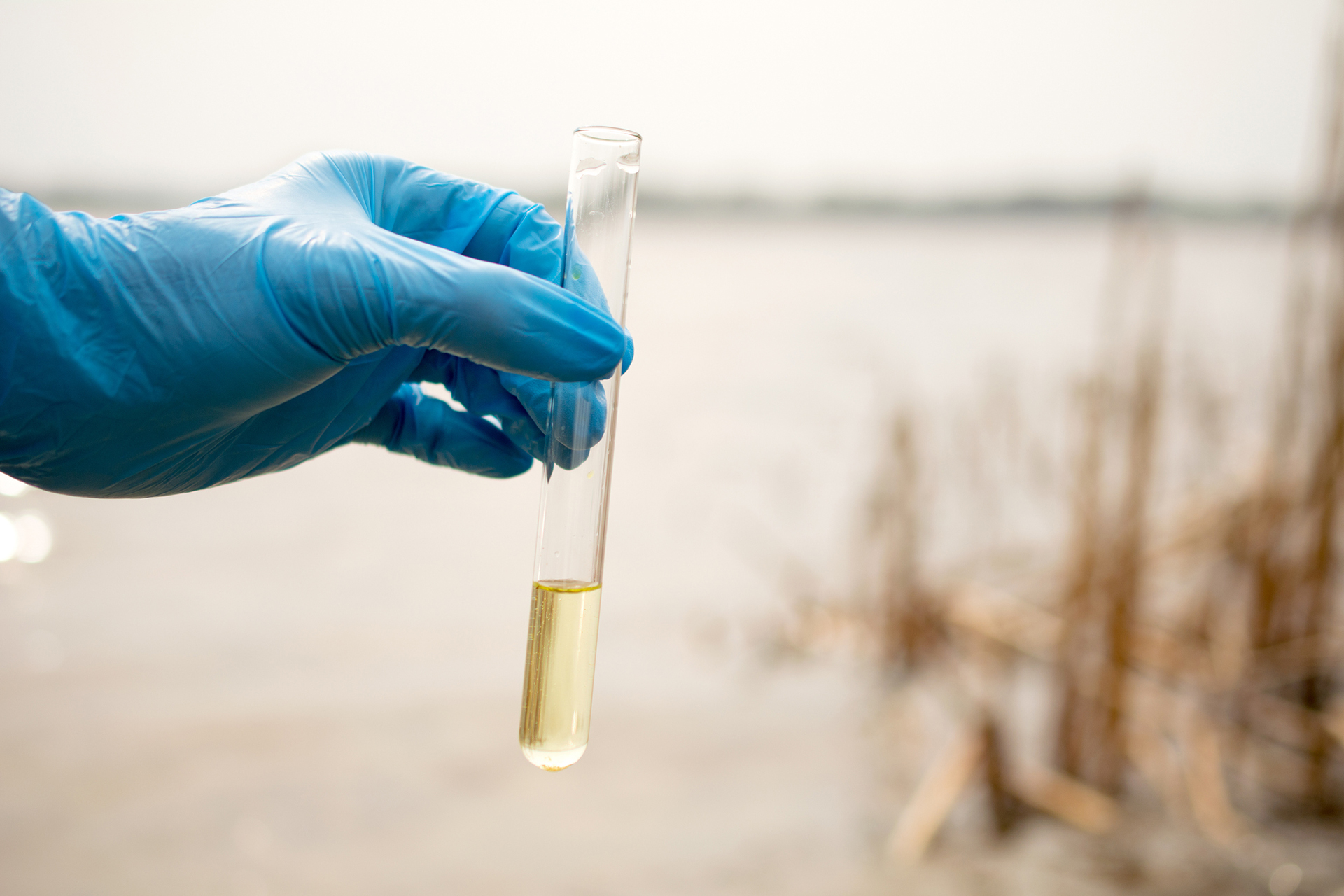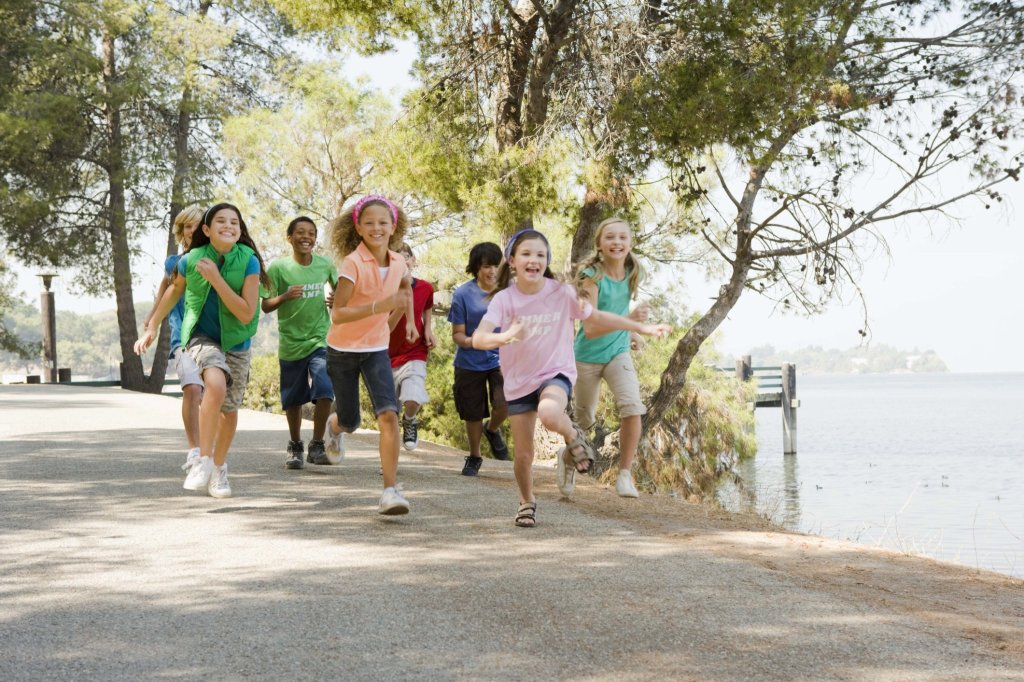Nix The Nitrogen

“New” recommendations from the New York State Department of Environmental Conservation and the Long Island Nitrogen Action Plan reiterate what experts have been saying for years.
The trick is to get us to listen.
Hopefully, “Long Islanders increasingly understand that excessive or improper use of fertilizers, along with overwatering, are major contributors to our region’s water quality crisis and impact the health of our beautiful beaches and coastal waterways,” the LINAP press release states.
The easiest place to make a difference is our own yards. Nitrogen from fertilizer, as well as human and animal waste, finds its way into our waterways. Watering less, especially in the summer when the grass grows slowly, can make a difference. “Overwatering, which exacerbates runoff from lawns, compounds the problem,” according to LINAP.
Application of fertilizer to lawns and non-agricultural turf should not occur between November 1 and April 1. “People think more is better — more fertilizer and more water will create a better result. That notion is not only incorrect, but it has serious environmental impacts. Knowing when to fertilize and how to do it properly can not only protect water quality but also result in a healthier lawn,” said Kyle Rabin, LINAP program manager.
Of course, the best fertilizer is no fertilizer. It recommends the following best-management practices.
At least 50 percent of the nitrogen in any turf grass fertilizer product should be “slowly available nitrogen.” This product is less likely to leach and is a good choice for very sandy soils. Lawn fertilizer often contains a mix of quick release nitrogen (water soluble nitrogen) and slow release nitrogen (water insoluble nitrogen). Quick release nitrogen is immediately available to the plant, and slow release nitrogen allows for the plant to take up additional nitrogen over time.
The LINAP recommendations are designed to reduce up to 40 percent of the nitrogen pollution that comes from fertilizer, which plays a major role in Long Island’s water quality crisis. Overall, LINAP includes numerous multi-year technical, management, regulatory, and policy actions to decrease the amount of nitrogen entering our surface and ground waters.
This LINAP partnership also includes Suffolk and Nassau Counties, local governments, area scientists, engineers, environmental and non-governmental organizations, and a cadre of supporting professionals. The LINAP fertilizer recommendations are also based on scientific and experiential information from Suffolk and Nassau Counties Cooperative Extension, Suffolk County Department of Economic Development and Planning, Cornell University, and the University of Connecticut.
The NYSDEC/LINAP fertilizer recommendations can be found here: www.dec.ny.gov/docs/water_pdf/linapfertilizer.pdf.
rmurphy@indyeastend.com



